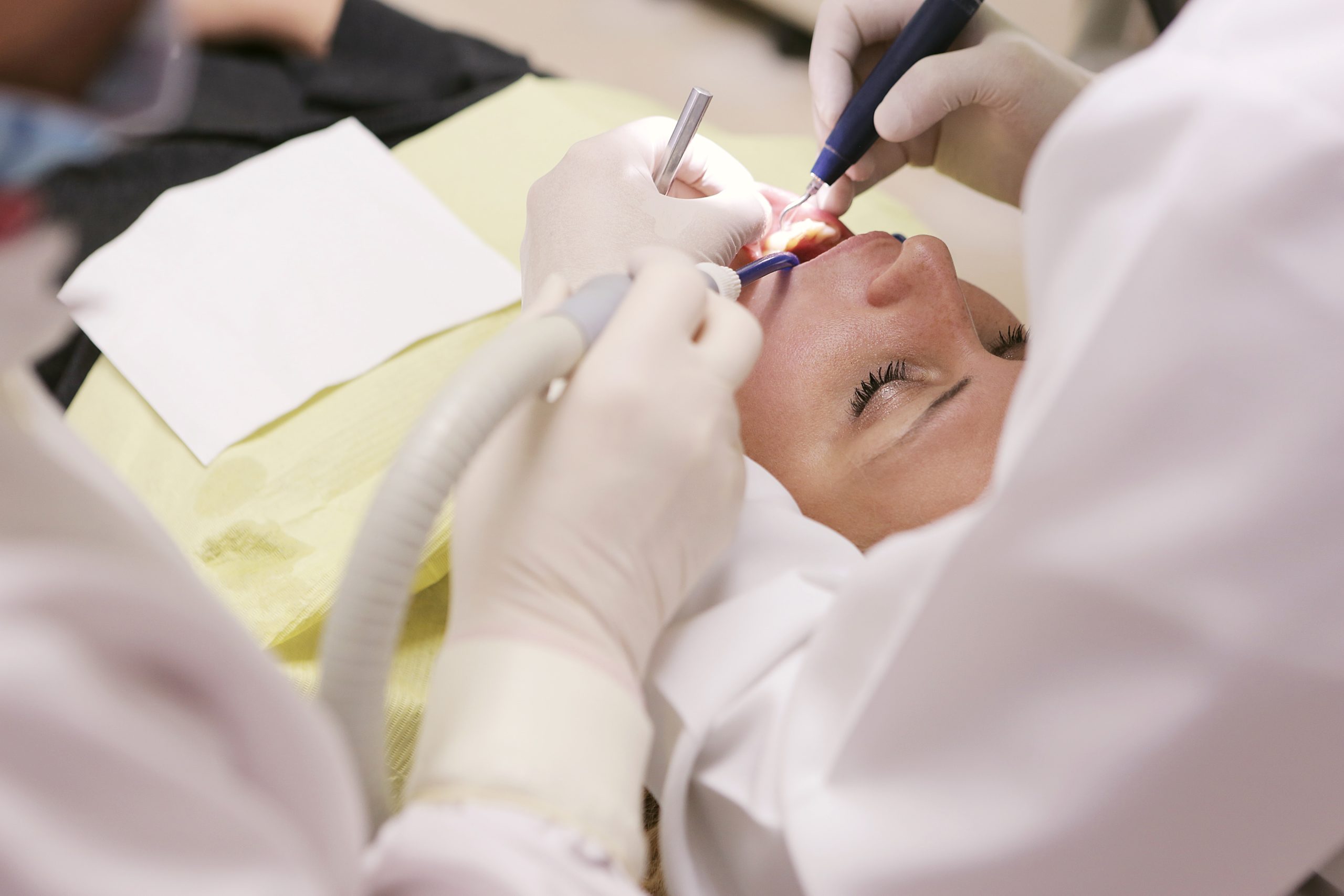Buccal Fat Removal: Everything You Need To Know About This Trending Procedure

For far too long, our society has been perpetuating borderline dangerous trends. Whether the Kardashians are to be blamed for constantly promoting unrealistic beauty standards or online filters for distorting our faces to the point where we look unrecognizable— the damage has already been done.
Heroin chic has made a dreary comeback with sunken cheekbones and extra skinny waists, and we’re not okay with it. The combined consequences may have given birth to specific surgical procedures, buccal fat removal being one of them. The world’s obsession with model-like cheekbones that make for a ‘seemingly’ flawless selfie for the ‘gram flirts with danger.
You’ve heard about lip fillers, rhinoplasties, and facelifts, buccal fat removal is the new talk of the industry. Celebrities like Chrissie Teigen, Zoe Kravitz, and of course Kim Kardashian have gone under the knife to get a chiseled face. Sorry to break this to you, but those perfectly sculpted cheekbones aren’t a result of a well-done bronzer. While of course tweaking what is supposedly real, buccal fat removal differs in that unlike usual aesthetic surgeries such as fillers or botox, buccal fat removal is extremely difficult to reverse since it’s a surgical process.
When we age naturally, our facial structure tends to lose fat in specific areas, our cheeks being one of those. Opting to go under the knife for a procedure that surgically makes your cheeks appear gaunt and hollow can seem like you’re hitting the fast-forward button on aging.
Here’s everything you need to know about the procedure if the current trends have convinced you to opt for it.
What Is Buccal Fat Removal?
Simply put, everybody has cheeks, some of us have a little more than others do. Buccal fat is present deep within, under the buccinator muscle. Specifically, the lower area of your cheekbones is where this fat is located. It fills the tissues present there and gives them a certain shape. However, the size of these buccal pads is subjective and differs according to the face shape of the individual. Now, all thanks to the defined cheekbones fad, everyone wants a jawline exactly like their favorite supermodels. It’s exactly what it sounds like, removal of the fat present in the area in order to make your cheekbones look as sculpted as ever.
What Is The Procedure Like?
Like most cosmetic procedures, buccal fat removal is an invasive method through which the buccal pads present inside your cheeks are removed. Dr. Karishma, founder and Managing Director of Dr Karishma’s Aesthetics says that “It’s a quick and comfortable procedure that requires a board-certified plastic surgeon.”
She goes on to explain that buccal fat removal starts with incisions being made on the insides of the cheeks for the fat pads to be removed. “These incisions are then stitched up with invisible sutures,” she says. According to the experts, it’s a simple and quick procedure that doesn’t take more than 45 minutes.
Who Is This Procedure For?
Buccal fat removal, owing to its specific target area, is a procedure that’s meant for individuals who experience fullness or excessive volume in their cheeks. Dr. Karishma further explains that “This procedure is well-suited only if your cheeks are puffy or rounded. Additionally, if you’re experiencing pseudo-herniation— which takes place when there’s a small, rounded fat mass present in your cheeks due to weak buccal pads, this surgery works effectively.”
This procedure isn't meant for you if you’re blessed with defined cheekbones. When conducted on a slimmer face, it can make your facial structure seem hollow and lifeless, and no one wants to look like a corpse bride.
With Recovery, Are There Any Side Effects?
The world of cosmetology has evolved with procedures, when done with an expert and trained aesthetician, becoming safer and quicker. However, a few such invasive cosmetic procedure do may have a fair share of risks attached to them. Dr. Karishma mentions that a certain amount of swelling is expected after the surgery which subsides in a couple of days. She also adds that “Following the aftercare provided to you by your surgeon is an absolute must, especially if you want to heal without complications.”
The universe of plastic surgery, botox, and fillers is an intriguing one with a slippery slope. As much as we need to consider surgeries and procedures that are necessary for one’s body or subjectively, even self-esteem, it’s just as crucial to consider procedures that can do more collective harm than good.
The content published on the website is for creating awareness and educating purposes only. This shall not be considered as a substitute for professional advice or prescription. The results mentioned on the website may vary from person to person as each case is different.

